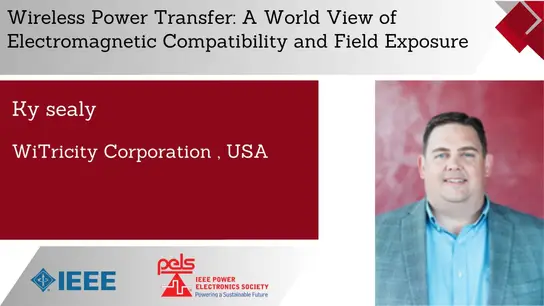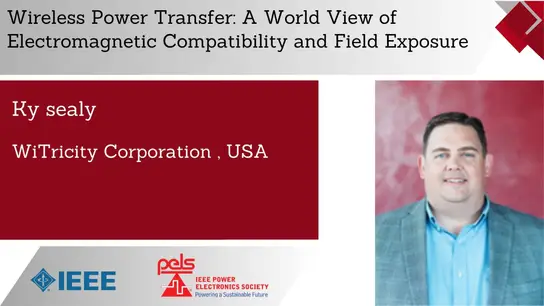-
Members: FreeSG Sponsoring Societies
IEEE Members: $11.00
Non-members: $15.00Length: 01:00:00
12 May 2022
Statement of the Topic:
According to Department of Energy (DOE) “Grid 2030” initiatives, grid modernization in to smart grid has become mandatory. In the deployment of smart grid system current distribution systems are changing in its infrastructure due to addition of renewable distributed generations. Now a days wavelet transform is gaining name as extremely dominant and smart powerful tool in examination of fast momentary signals, analyzing power disturbance and power quality application. Present webinar will focus on demonstrating fault diagnosis using wavelet tool.
Learning Objectives of webinar:
After attending this webinar learners will be able to:
1) Understand how fault diagnosis is done by decomposition of fault signal currents.
2)Grasp implementation of fault signal analysis for evaluating fault type, classify them and find location.
3)Compare results obtained with various feature like energy, entropy, and STD extracted from fault signal.
Conclusion- The audience would learn about basics of fault diagnosis in smart grid, application of wavelet transforms for finding fault type, analysis and location.
According to Department of Energy (DOE) “Grid 2030” initiatives, grid modernization in to smart grid has become mandatory. In the deployment of smart grid system current distribution systems are changing in its infrastructure due to addition of renewable distributed generations. Now a days wavelet transform is gaining name as extremely dominant and smart powerful tool in examination of fast momentary signals, analyzing power disturbance and power quality application. Present webinar will focus on demonstrating fault diagnosis using wavelet tool.
Learning Objectives of webinar:
After attending this webinar learners will be able to:
1) Understand how fault diagnosis is done by decomposition of fault signal currents.
2)Grasp implementation of fault signal analysis for evaluating fault type, classify them and find location.
3)Compare results obtained with various feature like energy, entropy, and STD extracted from fault signal.
Conclusion- The audience would learn about basics of fault diagnosis in smart grid, application of wavelet transforms for finding fault type, analysis and location.


